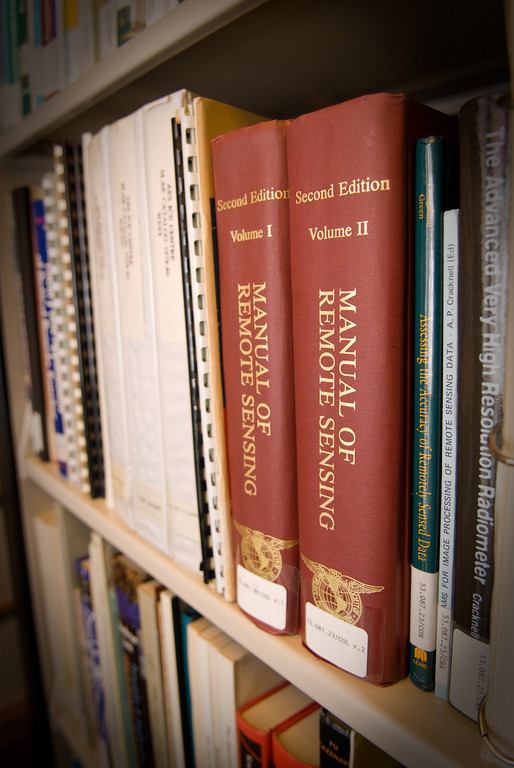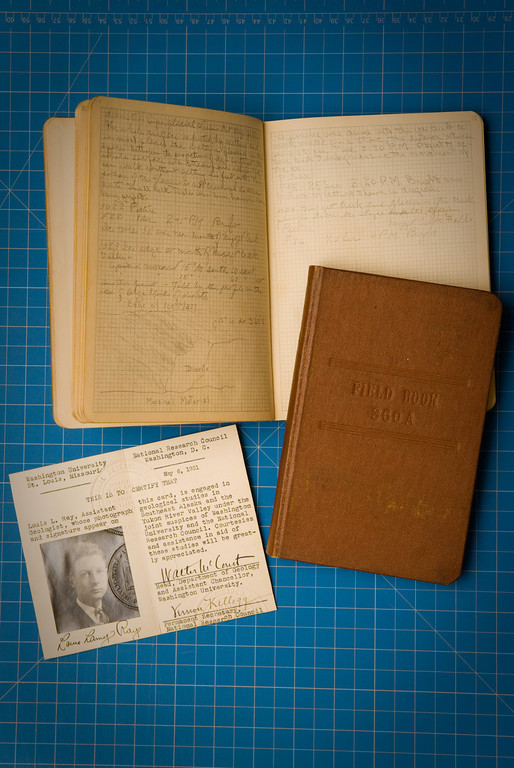
Featured PLC Member Library

A New Year, A New Name
Nestled against Colorado’s foothills, Boulder is home to a number of organizations dedicated to the study of climate, weather, and the world of snow and ice. One such organization is the National Snow and Ice Data Center, and within its walls resides an information center and archives dedicated to the study of the cryosphere. Until recently, these two entities were unofficially called the NSIDC Library and Analog Archives, but as of October 2008, they have a new name and a new presence. Please meet the new Roger G. Barry Resource Office for Cryospheric Studies (ROCS) at NSIDC. With the new name comes an internet page, a weekly blog newsletter, and a broader audience.

Reid, Harry Fielding. 1894. Stockje Glacier: From the Glacier photograph collection. Boulder, Colorado USA: National Snow and Ice Data Center/World Data Center for Glaciology. Digital media.
History of the Archives and Information Center
In 1957, the American Geographical Society was established as the U.S. World Data Center for Glaciology under Director William O. Field. Like other World Data Centers, the WDC for Glaciology was charged with archiving scientific data and records from the 1957-1958 International Geophysical Year. At that time, scientific records were in analog format, mainly paper and film. This WDC collection formed the core of the present day ROCS Archives and Information Center. In 1976, the United States Geological Survey (which operated the WDC between 1971 and 1976 under the direction of Mark F. Meier) transferred responsibility for the WDC to the National Oceanic and Atmospheric Association Data and Information Service, and the center moved to its current location at the University of Colorado in Boulder under the direction of Dr. Roger G. Barry.
ROCS is named for the first director of the National Snow and Ice Data Center, Dr. Roger Barry, who has dedicated much of his career to building and supporting the library and analog archives collections since they arrived in Boulder in 1976. See the Roger Barry Biography and the Roger Barry Symposium Keynote for more information about Dr. Barry and his research.
Overview
ROCS at NSIDC is an information resource for people studying Earth's frozen regions, the history of science, or past climate as related to the cryosphere. ROCS offers a small but deep set of collections specializing in cryospheric sciences and the history of cryospheric research.
The ROCS Information Center holds more than 44,000 cryospheric-related monographs, serials, journal articles, reprints, videos, maps, atlases, and CD-ROMs. We currently receive over 50 periodicals and newsletters relating to the cryosphere and to remote sensing of ice and snow, with online access to many more. Among its collections, researchers will find rare items available only in a few libraries around the world (if at all). Much of the information available relates to both the science and the story of the scientists.
The ROCS Archives specializes in analog science data and scientific materials, including thousands of maps, photographic prints, negatives and microfilm, expedition journals, and more items of interest to researchers, University of Colorado students and faculty, and anyone interested in the history of polar research, history of glacier photography, and the study of the cryosphere.
 |
 |
More About ROCS@NSIDC
The new ROCS web site can be found at http://nsidc.org/rocs/index.html. Here you can learn more about the services offered and where we are located. In addition, you will find descriptions of some of our archives holdings here. Future plans include creating online access to the library and analog archives catalog records, so anyone outside of NSIDC can search the collections.
Visit our blog, Frost Byte, at http://rgbrocs.wordpress.com/ for general news and updates of new materials added to the collection.
